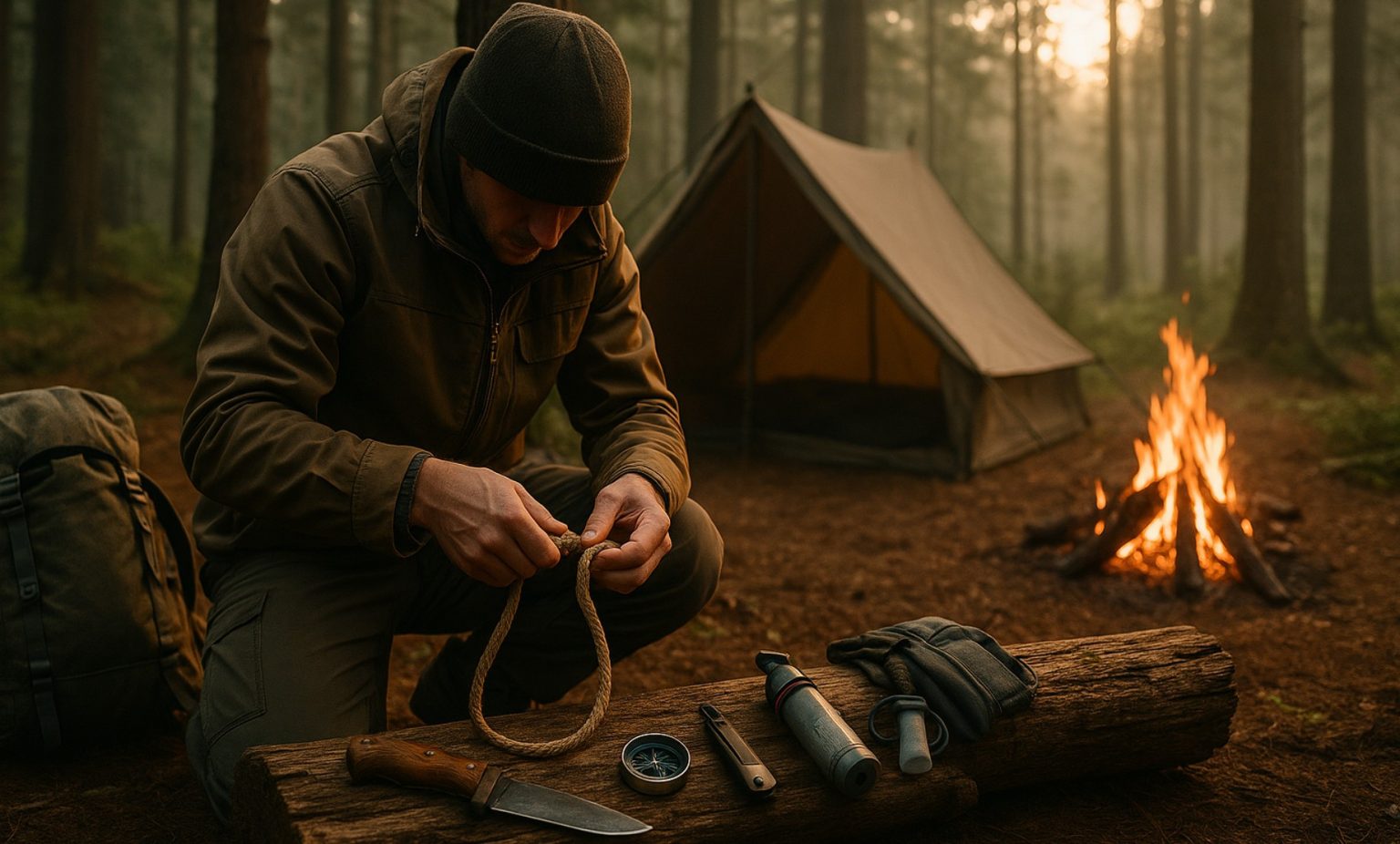Whether you’re a seasoned adventurer or a first-time tenter, there’s one truth that binds us all: nature is unpredictable. And while camping is often about marshmallows and stargazing, it’s also about being ready when the unexpected strikes.
Survival skills aren’t just for hardcore bushcrafters—they’re your safety net, your peace of mind, and, sometimes, your lifeline. A flat tire on a forest road. A wrong turn on a solo hike. A sudden thunderstorm that leaves you without a dry place to sleep.
It doesn’t take much for a weekend trip to turn into a true survival scenario. That’s why every camper should pack more than gear—they should pack knowledge.
1. Building a Shelter: Your First Line of Defense
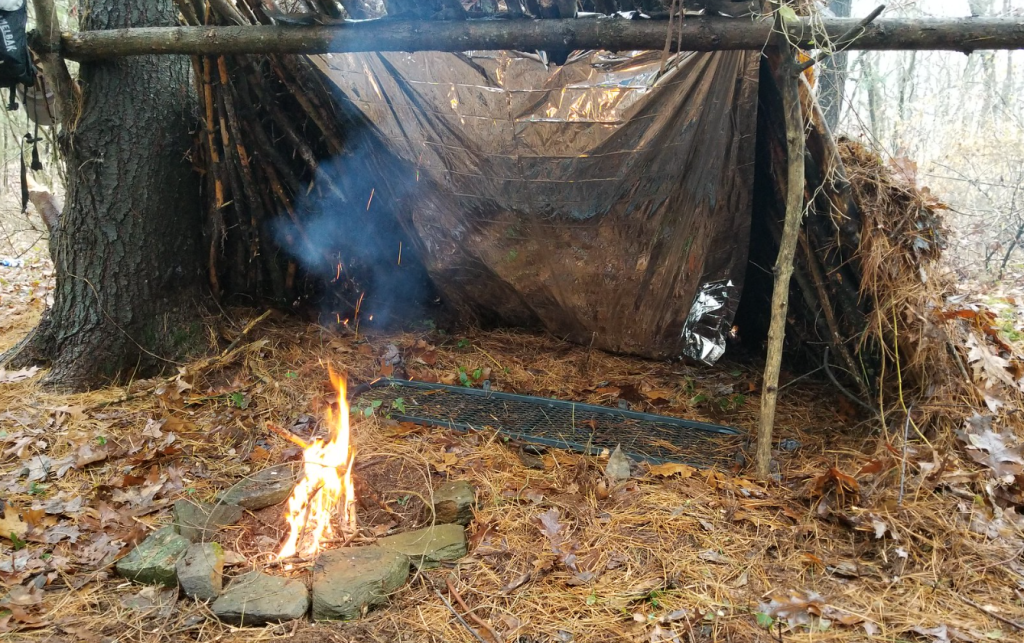
One of the golden rules of wilderness survival? Shelter first. Exposure to the elements can become dangerous faster than you’d think, especially if temperatures drop or rain sets in.
Quick Cover: How to Build a Lean-To with Natural Materials
If you’re without a tent, a simple lean-to can work wonders. Gather sturdy branches to create a frame, lean them against a fallen log or standing tree, and layer with leaves, pine boughs, or even bark for insulation. Position the open side away from the wind and voilà—you have a natural refuge.
The lean-to is one of the three key shelters every camper should know how to build, as seen below:
Emergency Shelter Hacks Using Only What’s in Your Pack
Got a tarp, poncho, or emergency blanket? With just a bit of paracord and some know-how, you can rig up a rainproof shelter in minutes. Stretch your cover between trees, secure the corners with rocks or stakes, and you’re good to go.
Where to Set Up and What to Avoid: Choosing Safe Shelter Locations
Avoid low-lying areas that might flood, and steer clear of dead trees or branches (aka widowmakers). Flat, elevated spots with some natural windbreaks are ideal.
* Be sure to check our comprehensive article about building camping shelters for additional options.
2. Finding and Purifying Water in the Wild
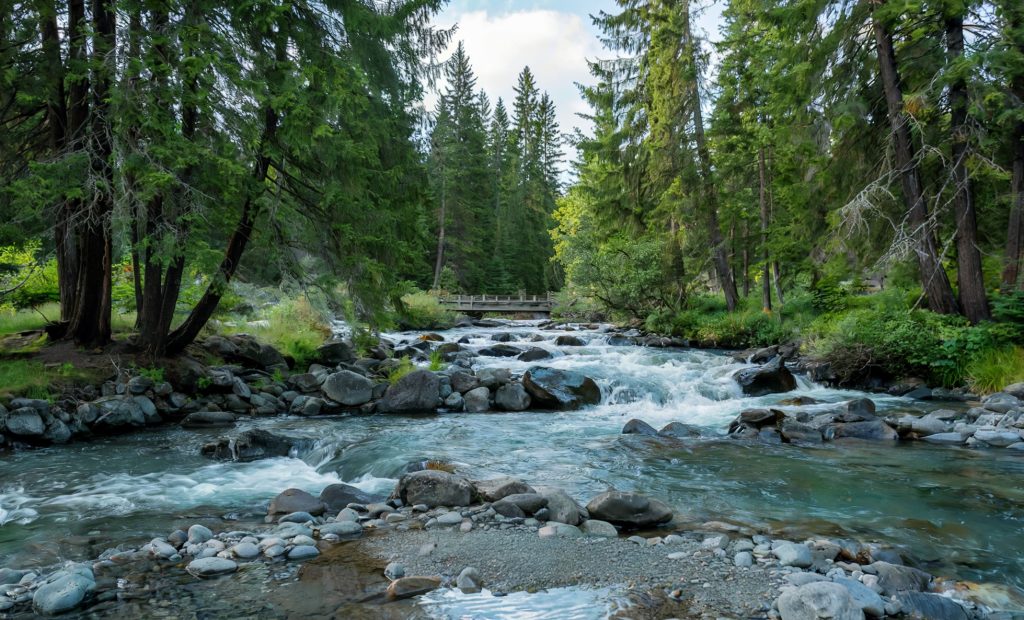
Humans can go weeks without food—but only a few days without water. That makes hydration a top survival priority.
Follow the Flow: Natural Signs That Lead to Water
Watch for animal tracks, insect activity, and green vegetation—all hints that water may be nearby. Birds flying low at dusk often head toward water sources.
DIY Water Filters from Rocks, Sand, and Cloth
In a pinch, layer a container or bottle with charcoal, sand, and gravel to filter debris. Pour water slowly through the layers. It won’t purify it completely, but it’s a good first step before boiling or chemical treatment.
Boiling, Tablets, and UV Pens: Methods to Make Water Safe
Boiling water for at least one minute kills most pathogens. Water purification tablets are lightweight and effective, and a personal water filter like the LifeStraw is always a great option.
* See our video below for even more options for how to find water in the wilderness.
3. Fire Starting Fundamentals
Fire brings warmth, light, and comfort—and it’s a tool for cooking, signaling, and purifying water. Knowing the proper way to start a fire is one of the safe camping tips that everyone needs to know.
Spark It Right: Using Ferro Rods, Lighters, and Tinder
Always carry multiple fire-starting tools. Ferro rods are dependable and work when wet. A bow drill kit might seem primitive, but it’s effective in a pinch. Lighters are easy, but bring backups. Cotton balls soaked in petroleum jelly make excellent tinder and catch fire quickly.
Here is an excellent Campfires 101 from The Bear Essentials YouTube channel:
Wet Conditions? No Problem! Tips for Starting a Fire in the Rain
Split damp logs to reveal dry wood inside. Look under tree bark or in crevices for dry tinder. Build a base of rocks or bark to keep your fire off the wet ground. Protect the flame with your body or gear until it catches.
Fire Safety Rules Every Camper Should Live By
Clear a fire ring, keep water nearby, and never leave your fire unattended. When you’re done, douse the embers until they’re cold to the touch.
4. Navigating Without a GPS

Technology fails. Batteries die. Knowing how to find your way using old-school methods can be the difference between getting back to camp or getting lost.
Reading the Land: Basic Orienteering Using Landmarks and Shadows
Take note of mountains, rivers, and other large features. Use shadows to determine direction—the sun rises in the east and sets in the west, helping you orient yourself without a compass.
Map & Compass 101: The Skills That Still Matter
Learn how to use a map and compass to follow a bearing. It’s a timeless skill that’s surprisingly fun once you get the hang of it. A combo Paracord bracelet with compass is a solid and versatile investment.
Nature’s Compass: How to Navigate Using the Sun, Stars, and Moss
In the Northern Hemisphere, moss often grows on the north side of trees. The North Star can guide you at night, and the sun’s position helps during the day. Not exact science—but useful when all else fails.
5. Foraging for Wild Edibles
If you’re out longer than expected, knowing the foraging basics of what’s safe to eat can supplement your supplies—and keep you from going hungry.
Know Before You Nibble: Identifying Safe vs. Toxic Plants
Rule one: If you’re not 100% sure, don’t eat it. Stick to well-known edibles like dandelions, clover, and wild berries (with caution—some lookalikes are dangerous).
The Rule of Threes: What to Avoid in the Wild
Avoid plants with three leaves (think poison ivy), plants with milky sap, and those with a bitter or soapy taste. These are often warning signs of toxicity.
Top 5 Easy-to-Recognize Edible Plants Found Across North America
- Dandelion (leaves, roots, and flowers)
- Plantain (not the banana-like kind!)
- Wild strawberries
- Chickweed
- Wood sorrel
6. Basic First Aid for Campers
Accidents happen. A solid understanding of wilderness first aid is essential when you’re far from professional help.
The DIY First Aid Kit: What to Always Pack
Include bandages, antiseptic wipes, tweezers, medical tape, blister pads, antihistamines, and pain relievers. Add any personal medications and a first aid guide. See our video below for 30 must-have items for every camping first aid kit.
Treating Cuts, Bites, and Blisters Like a Pro
Clean wounds thoroughly to prevent infection. Remove ticks carefully with tweezers. For blisters, pad the area and avoid popping them unless necessary.
When to Improvise and When to Seek Help
Use a bandana as a sling, a stick as a splint, or duct tape for nearly anything. But know your limits—signal for help if someone is unresponsive, has a broken bone, or shows signs of infection or dehydration.
7. Signaling for Rescue
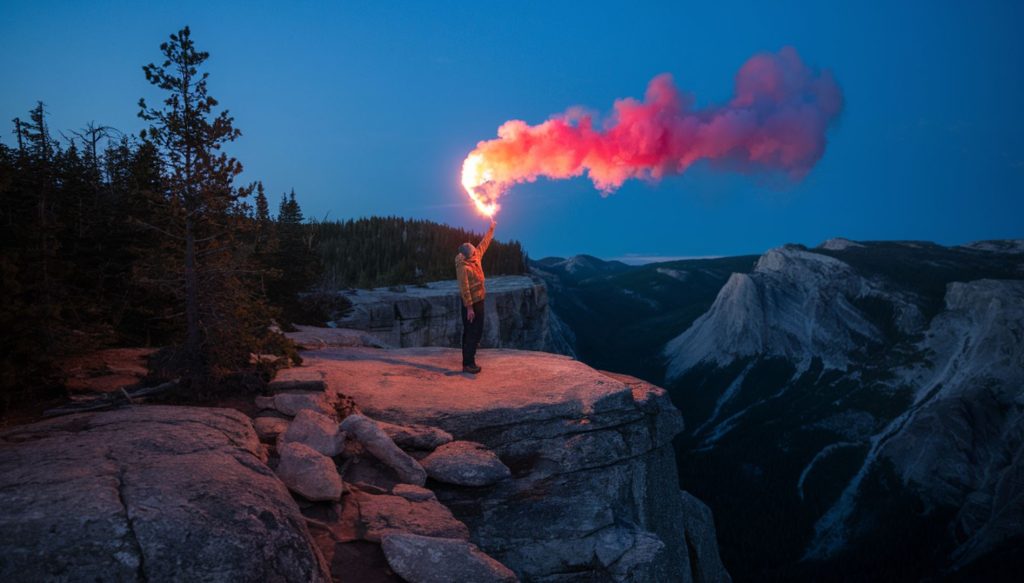
If you’re truly stuck, knowing how to get noticed can save your life.
Mirror Flashes and Smoke Signals: Old Tricks That Still Work
A compact mirror or even a shiny piece of foil can reflect sunlight for miles. Three smoky fire bursts in a row is a universal distress signal.
Creating Visible Ground Signals for Aerial Searches
Lay out rocks or logs in an X shape, or spell out “HELP” in a clearing. Use bright gear or clothing to make it more noticeable from the sky.
Whistles, Flares, and Emergency Radios: Which to Carry
A whistle’s three short blasts are a standard distress call. Flares work great at dusk or night. Emergency radios can transmit location signals and receive updates from search teams.
8. Staying Calm in a Crisis

Your brain is your best survival tool. Keep it clear. As we know from any personal situation we’ve had, stress can derail critical thinking; it is your worst enemy in survival situation.
The Survival Mindset: Keeping Your Cool When Things Go Sideways
Panicking wastes energy and clouds judgment. Breathe deeply, assess your situation, and create a plan. Calm campers think smart.
Breathing Techniques to Reduce Panic in the Wild
Try box breathing, as shown below in a simple one-minute exercise: inhale for four seconds, hold for four, exhale for four, and hold for four. It’s a simple way to reset and refocus.
Making Decisions When You’re Alone or Lost
Use the STOP method: Stop, Think, Observe, Plan. Don’t rush into action. Evaluate your resources, mark your location, and move only when you’re confident.
9. Wildlife Awareness and Avoidance
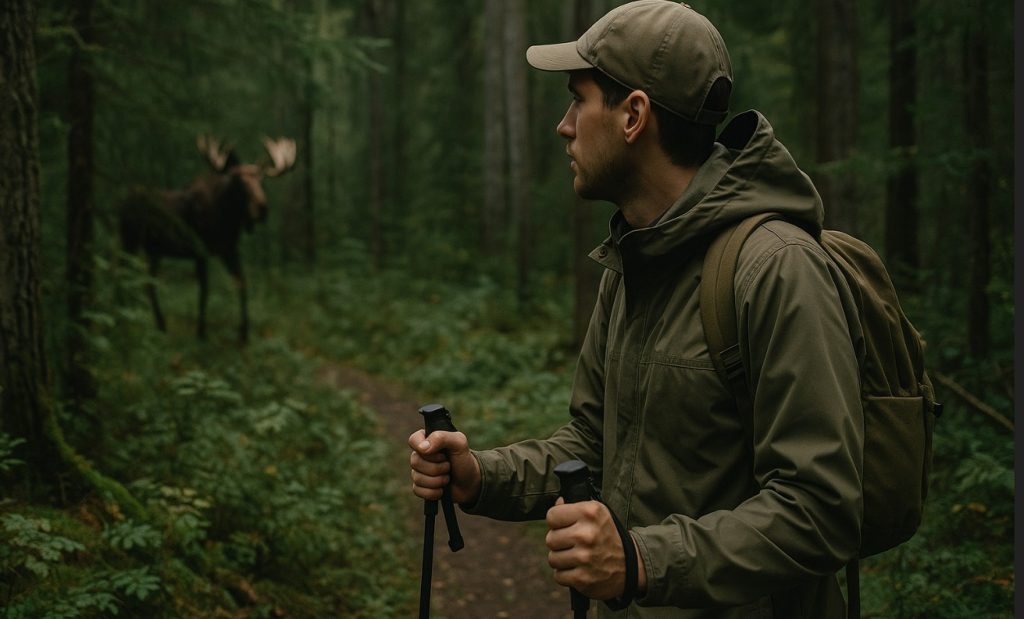
Sharing space with wild animals is part of the camping experience—but respect and understanding go a long way in preventing problems.
Understanding Animal Behavior to Stay Safe
Most animals want nothing to do with you. Loud noises, clapping, or singing while hiking alerts wildlife to your presence, encouraging them to keep their distance. This is especially important to maintain bear proof camping.
What to Do If You Encounter a Bear, Snake, Mountain Lion or Moose
- Bear: Stay calm, don’t run. Speak in a low voice and back away slowly.
- Snake: Freeze. Slowly back away and give it space.
- Mountain lion: Make yourself big, shout, and never turn your back.
- Moose: Wait it out — Moose usually lose interest and move on if they don’t feel threatened.
Storing Food and Trash the Right Way to Keep Creatures Away
Use bear-proof canisters or hang food 10 feet high and 4 feet from tree trunks. Keep cooking areas clean and never store food in your tent.
10. Why Knot Tying Matters in the Wild

Knot tying is more than just a handy trick — it’s a core survival skill. Whether you’re securing a tarp, hanging food, or setting up a tent, the right knot ensures stability and safety.
Top Knots Every Camper Should Know
Start with the basics: square knot for bundles, bowline for secure loops, and taut-line hitch for adjustable tension. These knots cover most outdoor needs.
Here is a great overview for beginners, courtesy of the Little Campfires YouTube channel:
Practice Makes Perfect
Knot tying is best learned hands-on. Practice at home with rope before hitting the trail, so when the weather turns, your skills hold strong.
Adventure Awaits—With the Right Know-How, You’re Ready for Anything!
Nature is a wonderland, but it plays by its own rules. Knowing a few essential survival skills makes you a confident camper—not just someone along for the ride. So pack your map, your matches, and your know-how, and head into the wild ready for anything.
With these nine foundational survival skills in your back pocket, your next camping trip won’t just be more secure—it’ll be more empowering. Because confidence in the wild isn’t about conquering nature. It’s about coexisting with it, skillfully, joyfully, and prepared for whatever it may bring.
- 21 Fun Camping Games to Entertain Yourself Outdoors
- How to Set Up a Hammock for Camping
- Compact Camping Gear That Saves Space in Your RV or Van
- Top 15 Most Beautiful Waterfalls In The World To Visit In Your Lifetime
- Top 12 Camping Gadgets and Accessories You Didn’t Know You Needed (2025)
Write A Guest Post For Us!
Are you passionate about camping and the great outdoors?
We’re excited to announce that we’re accepting guest posts
in the camping and outdoor niche!

